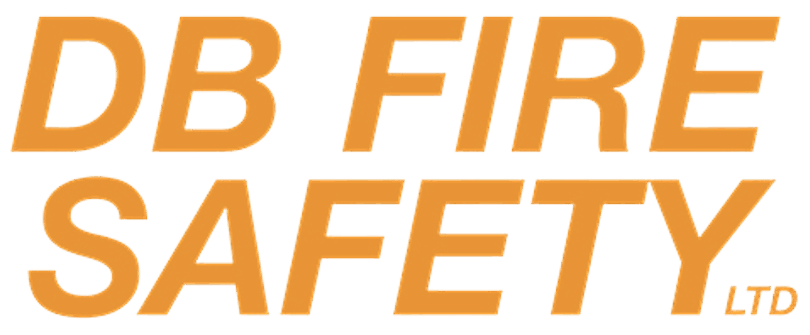Category: Fire Safety
Fire Risks In Pubs: Exploding Tea Towels?
Fire Safety at Christmas
“Remember, Remember the 5th of November” – Bonfire Night Safety Advice
Stay Safe This Halloween
It’s time for a clean sweep now Autumn is upon us
Tumble Drier Risk To Business Owners
Fire Risk Warning of Charging Mobile Phones in Bed
Fire Safety Concerns at Peterborough Hospital
How Does A Fire Spread?
